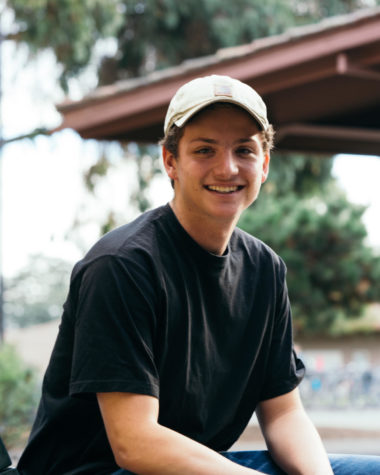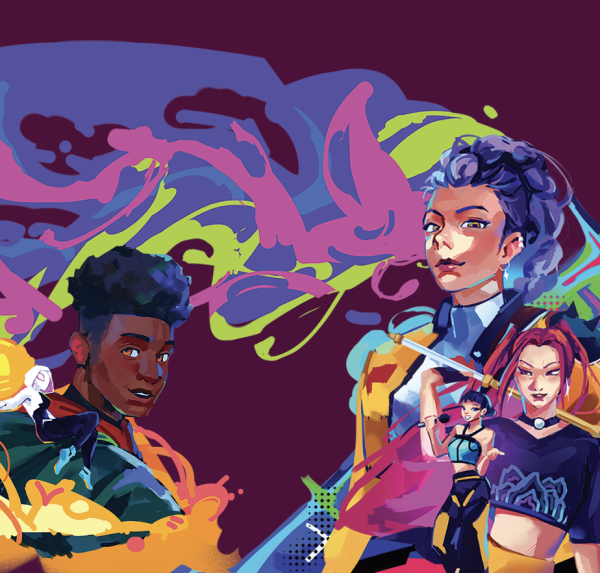Medicinal Misconceptions
4 MIN READPotheads. Stoners. Mainstream media often falsely portrays those who have or seek to acquire medical marijuana cards as recreational users looking for a legal avenue to maintain their unlawful drug habits, rather than patients seeking prescription medication. Misconceptions contribute to a persistent stigma that surrounds the use of medical marijuana, and falsely portray patients as drug addicts, despite genuine efforts to seek a cure for their ailments. Under much scrutiny from the law, marijuana has recently thrust itself into the American marketplace as a legal substance, be it medically or in some places recreationally. The plant, widely used throughout the second half of the 21st century – despite its status as an illicit substance – was originally banned for the psychoactive effects it has on users. However, marijuana has recently entered a new era regarding its use as a medicine. Since 2003, users have had the alternative option to be prescribed marijuana strictly for medical use. But in order to acquire and use medical marijuana, users must hold a physician-verified identification card, also know as a med card. C Magazine talked to the students at Paly with this privilege to unpack exactly what they do and if they work.
Marijuana is a widely used drug, both medicinally and recreationally, and has varying levels of legality throughout the country. Two main chemicals affect the medicinal use of marijuana, the first being Delta-9-tetrahydrocannabinol, also known as THC, and the second being cannabidiol, which is commonly referred to as CDB. Different chemicals can be used to treat varying and specific ailments. For example, THC, which is the chemical that is known for inducing the ‘high’ feeling closely associated with marijuana use, has been approved by the Federal Drug Administration to treat nausea and improve appetite. CDB is widely prescribed for pain management, anxiety and nausea, among other things. Together, THC and CBD are found in multiple different products, with varying doses. CBD is commonly consumed through, oils, vaporizers, smoking, edible productions and topical lotions ointments. THC can be similarly consumed through vaporizing and edibles, as well as smoking. To obtain the products, patients must go to designated dispensaries where, based on their prescriptions, they can purchase the products of their choice. Pierre, a Paly student whose name has been changed to maintain his anonymity, is a regular user of medical marijuana. Pierre suffers from insomnia, depression, anxiety and lack of appetite. “It helps me to feel happy,” Pierre said.
“Cannabis made me feel like a person again.”
Another student with a medicinal marijuana card, Arial, uses medical marijuana for insomnia and chronic migraines. “I’ve had [chronic migraines and insomnia] for the last year and a half – it’s affected my schoolwork and social life,” Arial said. “I just can’t function when I’m in pain.”
Similar to other medications, marijuana must be prescribed by a doctor. Additionally, there are no age restrictions on the prescription of medical marijuana, which means that minors, with a parent’s permission, can legally obtain medical marijuana. “I was extremely failed by traditional medicine,” Pierre said. “There are certain cases of illnesses or ailments that don’t respond to [standard prescription medication].”
This is a common theme in medical marijuana patients—the lack of answers provided by traditional medicine often push them to seek alternative treatments through medical marijuana.
“It was sort of a last resort after traditional medicine,” Pierre said.
Arial shares this experience. “Nothing was working for me,” she said. “Tea and advil just were not the solution.”
Although first legalized for medical use in 1996, medical marijuana is still surrounded by misconceptions and stigma that impact its patients, as well as its status as a legal drug for recreational use. Villanova University researchers Nancy Sharts-Hopko and Jennie Ryan published a study about medical marijuana patients in the Journal of Neuroscience Nursing. After reviewing multiple studies that were published between 2003 and 2015, they found that patients seeking to use medical marijuana often were reluctant to ask their primary care physician because they were fearful of the stigma.
Additionally, they found that some patients would rather experience the pain of their ailment or sickness than ask their doctor about trying medical marijuana.
Luckily, Pierre did not have to face this stigma from his physician. “This [was] the same doctor that saw all of the other past methods fail me,” Pierre said. “I [told him], ‘Hey I did this thing a couple of days ago and it did exactly what all of these medications can’t do.’”
Similarly, Arial’s doctor welcomed the idea . “At first I was nervous about asking about asking for [the medical marijuana card],” Arial said. “But my doctor was so nice about it and was really understanding.”
Despite stigmas, medical marijuana patients continue to report the effectiveness of medical marijuana. In fact, in a 2014 study published in the Drug and Alcohol Review 92 percent of 7,525 California adults felt medical cannabis was helpful in treating their disease or illness. In contrast, someone dies from prescription overdose every 19 minutes, where marijuana doesn’t allow for an overdose no matter how much is used. Pierre shares this experience. “After nothing had worked,” Pierre said. “[Marijuana] worked.”
Despite the positive impact of medical marijuana on patients who use it, only 30 states have legalized the use of marijuana in any form, which means that potential patients continue to suffer. “[Medical marijuana] has changed my life for the better,” Arial said. “I don’t know where I would be without it.”
The stigmas that surround the use of medical marijuana actively prevent those who are suffering from even asking about the potential medical treatment. Those who seek to utilize medical marijuana through a med card are not dealers or stoners, they are beings looking for genuine treatment of their ailments, for which marijuana very well may be the answer to. “In a way,” Pierre said, “Cannabis made me feel like a person again.”

Paly Junior, Raj Sodhi, joined the publication because he was attracted to the design and subject matter of the articles. He loves the committee of C...







